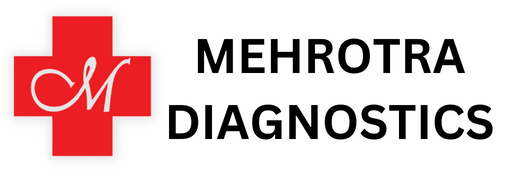
एनसीसीटी स्पाइन ( डोर्सल स्पाइन )
From: ₹4,900.00
NCCT (Non-Contrast Computed Tomography) Spine (Dorsal Spine) is a diagnostic imaging procedure that uses computed tomography scanning without the administration of a contrast material to visualize and evaluate the structures and abnormalities in the dorsal region of the spine. The dorsal spine refers to the upper back area.
During the procedure, you will lie on a table that moves into the CT scanner. The CT scanner takes multiple X-ray images from different angles. These images are then reconstructed by a computer to create detailed cross-sectional views of the spine.
NCCT Spine of the Dorsal region is commonly used to evaluate various conditions such as fractures, degenerative changes, disc herniations, spinal stenosis, infections, tumors, or other abnormalities affecting the area. It provides detailed information about the bony structures and can help identify any pathologies.
Pre-Test Preparation:
1. Fasting: In general, fasting is not required for an NCCT Spine (Dorsal Spine) scan. However, specific instructions may vary depending on the imaging facility and the specific condition being evaluated. It’s best to follow any fasting instructions provided by your healthcare provider or the imaging facility.
2. Medication: Inform your healthcare provider about any medications you are taking, including prescription drugs, over-the-counter medications, and herbal supplements. They may provide specific instructions regarding whether you should continue or temporarily stop taking certain medications before the test.
3. Clothing: You may be asked to change into a hospital gown before the procedure. It’s advisable to wear loose and comfortable clothing to the imaging facility to facilitate the process.
4. Other Preparations: Your healthcare provider may provide additional instructions based on your specific situation. It’s important to follow these instructions to ensure the best possible imaging results.
It’s important to carefully follow the pre-test instructions provided by your healthcare provider or the imaging facility. These instructions are designed to ensure the safety and effectiveness of the procedure and to help obtain accurate imaging results. If you have any specific concerns or questions, it’s best to discuss them with your healthcare provider prior to the procedure.
